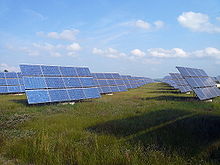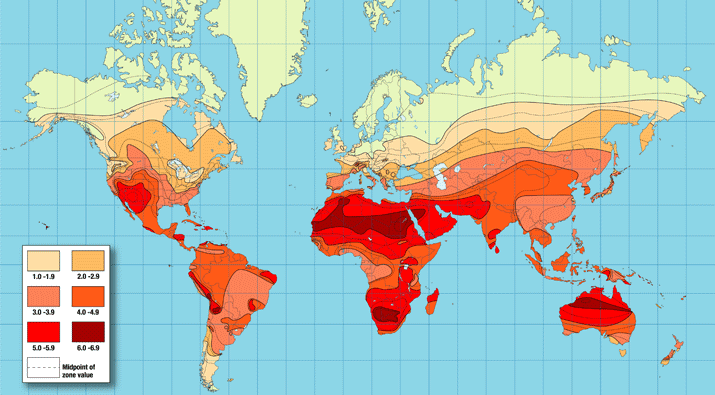Could Georgia approach that German 20 gigawatt solar power figure? We’d already be there if we weren’t building Plant Vogtle.
Remember, John Hanger figures:
The Vogtle $913 million cost overrun by itself could have paid for approximately 1,000 megawatts of natural gas generation; 450 megawatts of wind power; and 330 megawatts of solar power.
That’s not 20 gigawatts. But the population of Germany is about 81 million, while the population of Georgia is about 9.8 million people, so the Georgia equivalent of 20 gigawatts would be about 2.4 gigawatts. The federal government has guaranteed about $8.3 billion in loans related to Plant Vogtle. That $8.3 billion would pay for about 3 gigawatts of solar power.
 That
big dish at Plant Vogtle?
That’s not just a nuclear containment vessel,
it’s a solar prevention wall.
Preventing jobs, energy independence, and profit through solar power in Georgia.
That
big dish at Plant Vogtle?
That’s not just a nuclear containment vessel,
it’s a solar prevention wall.
Preventing jobs, energy independence, and profit through solar power in Georgia.
Plant Vogtle is why Georgia is not a leader in solar power today.
-jsq











